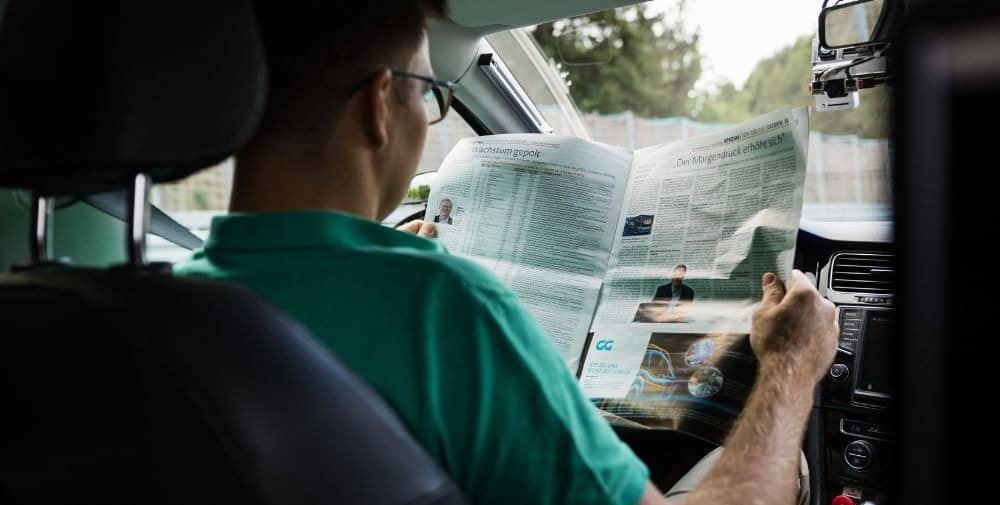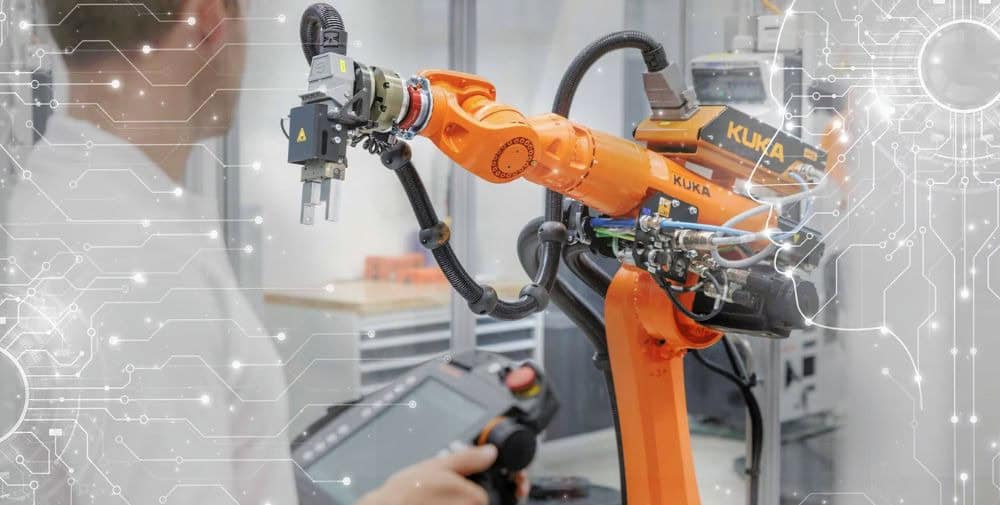
“This newly acquired basic knowledge will shape the planning of new generations of vehicles. A completely new living and working space could be created for users in the future,” explains project manager Michael Schulz from Bosch. For example, automated cars and commercial vehicles could be converted into offices, cinemas or even bedrooms. For many service providers, vehicles are seen as an as yet untapped and therefore significant market area.
Over a period of three and a half years, experts from manufacturers, suppliers and scientific institutions investigated what users expect from vehicles that will be able to cover longer distances automatically in the future. Through interviews, observations and studies, the researchers found out how professional and private drivers of cars and commercial vehicles would use their time if they did not have to actively sit behind the wheel and could take on the role of a passenger. “We have found that the automation of driving creates new potential uses for the interior,” says Schulz. For example, instead of using a conventional steering wheel, a vehicle can also be controlled using alternative control elements that are optimally adapted to the requirements of users during manual and automated driving. “Steer-by-wire technology would open up new scope with unprecedented possibilities for interior design with many innovative functions and features,” emphasizes Schulz. Major changes are also expected in the logistics sector as a result of the use of driverless automated commercial vehicles. “The design of the future driver’s cab is heavily dependent on the usage scenario and can be optimized both for short manual journeys in the logistics center and for transporting people between logistics centers,” says Schulz, summarizing another research result.
Relaxing and sleeping during the journey
The experts of the “RUMBA” project – which stands for “Realization of a positive user experience by means of user-friendly interior design for automated driving functions” – were faced with a number of challenges. For example, they have intensively investigated how long it takes a person to regain control from sleep and which factors influence the takeover. The distance to the display and control elements and the time until everything is back under manual control is also crucial if the driver has previously adopted a more relaxed sitting position. Studies in RUMBA showed that 60 seconds after a sleep phase was sufficient for a large number of participants, but also revealed deficits in driving performance and a deterioration in subjective well-being after taking control. The conclusion: the vehicle must wake the user early so that they have enough time to wake up, orient themselves and react. This also requires the technology to recognize the state of the occupants and assess whether they are awake and ready to take over or asleep.
Gentle like a chauffeur
The study also investigated which driving characteristics the automated vehicles need to implement. “This is important to ensure that drivers and passengers feel comfortable and safe in the interior of the future,” explains Schulz. Abrupt starts or hectic braking maneuvers, for example, could cause nausea in the occupants and reduce the acceptance of automated driving functions. The experts therefore closely observed how gently and proactively professional drivers drive the vehicles. These findings were transferred to the automated vehicles. They also investigated which additional measures would be effective in preventing motion sickness.
Space for innovation
During the course of the project, the researchers also analyzed which colour scheme, material and design, lighting and control elements would be suitable for the design of the future interior depending on the situation during the journey. However, the researchers have clearly recognized that safety and technical requirements will continue to set certain limits to users’ wishes in the future. For reasons of accident safety and due to the limited space available, seats that can be turned while driving, for example, will continue to pose a challenge even in large vehicles. For the experts, however, it is clear that the vehicles of the future will open up previously unexpected possibilities for manufacturers, suppliers and providers who have been less involved to date. Schulz summarizes the results of “RUMBA” as follows: “Our project has opened the door to the development of a large number of innovations. We are convinced that the knowledge gained will contribute to a new way of living and shaping individual mobility in the future.”
– – – – – –
Further links
👉 www.bosch.de
👉About RUMBA
Photo: Bosch




